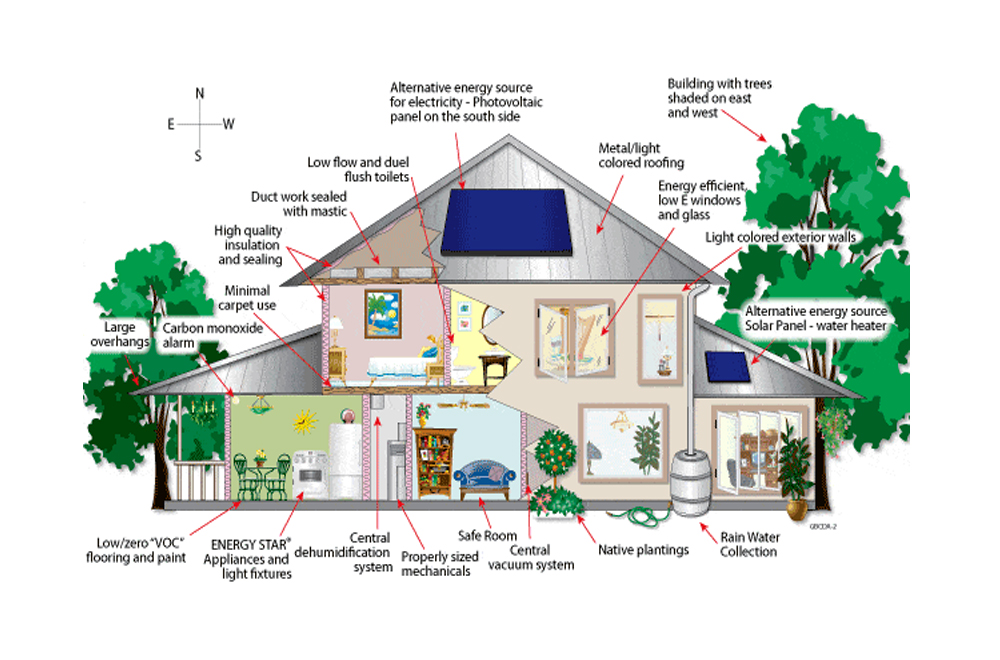Making your small construction business profitable is a pragmatic approach to inculcating practices that lead to greater profitability. As a construction business contractor, you might be building commercial buildings, home buildings, renovating structures, or building only a part of the building. Many factors increase the construction cost that might not be evident if you start the construction unplanned. Therefore, it becomes essential to think about optimizing each step towards growing profits for your business.
The key to increasing profits is the integration of every step within the profit cycle. Here are a few strategies to make your small construction business profitable.

Table of Contents
Toggle1.Estimating Profit
Know your numbers, especially overheads and hard costs, to ensure you are forecasting a profit on every project. Create a detailed, precise estimate for the work planned in the first phase of building and achieving a profit. Many contractors fail to calculate the actual cost of completing a project and eventually fail to understand the real profit.
Contractors should focus on estimating the actual profit based on three factors: overhead, risk, and job costs. Each of these elements must be reflected in the estimate ahead of time if you expect a profit once the job is completed:
- Overhead: Overhead is the cost you would bear even if your crew did not work for a week. Without that week’s income, your overhead estimate should pay the bookkeeper, telephone bills, insurance cost, rent, utilities, etc. Factor in holidays, training, and sick days when calculation your overheads and your value.
- Risk: calculating risks is essential in each estimate rather than just padding here and there later. This gives you a clear idea of the budget and not a padded one. You can measure your true costs against a real budget instead of a padded one by this approach. Time and materials jobs have the least amount of risk, while the bidding process for contract jobs includes the most.
- Job Costs: paying labor can be a difficult and challenging part of estimating the cost. To prepare an estimate, you need to know how long each task will take and its cost. The time taken depends on the efficiency of your labor. Without understanding the actual productivity of your field staff, you cannot create accurate and reliable estimates.
2. Detailed Cost Estimation
Estimate costs in detail; if you are not sure, companies like Construct Estimates offer outsourced estimating contractors’ services.
Accounting the job cost accurately can increase profitability by determining the actual cost associated with each job. With a proper accounting system, you can:
- Meet your daily bookkeeping effectively
- Meet your specific requirements as a contractor.
Therefore, contractors should effectively streamline the process to manage labor’s salary, liability insurance, and other concerns.
With an accurate construction accounting system;
- You can clearly distinguish between overhead costs and direct job costs.
- You can also compare your budget to the actual cost incurred to measure the estimate’s effectiveness, labor productivity, and materials use.
Contractors must assign the right responsibilities to the right people. This makes accounting more accurate. The right person is the project manager who codes the bills. Your bookkeeping staff might not be the right people to assign the costs as they are not the people involved in actual construction.
Also, calculate benchmark costs as they can be a great starting point. Cost guides such as Craftsman and RS Means are a good starting point; Construct Estimates also tracks over 5.5M building material prices that you can review when estimating.
3. Cost analysis
Small construction companies should review the estimated costs at every phase of the construction process and at the completion step to adjust the assumption on future projects. Take time to analyze each job and assess the overall success of the construction. Think of your projects as a circular process and not a linear one. A circular process will give you practical ways to reduce costs and increase profits.
Contractors find it difficult to end the jobs because they are eager to pick up the next one. Yet, it’s important to remember that a project should be completed successfully and not only quickly. A thorough review of the cost should be a part of your closing process. There might be unbilled amounts, outstanding amounts from vendors, or change orders that need attention. While reviewing, compare the actual cost to your budget to make adjustments for the next time and improve your profits.
4. Look for discounts
Buy your raw material from better sites like Joyne, who can provide material values that small contractors wouldn’t usually have access to due to their aggregated buying power.
Buy more of the bulk materials and outsource labor only; this allows you to capture more margin on the materials that would typically go to a subcontractor. Hire employees as you grow vs. sub-contractors to increase profit margins.
5. Find a niche
Find a specific niche and be known as the go-to contractor for that type of construction. Whatever sector your construction business is in, keep an eye out for profitable niches where you can devote more resources and make more money.
Certain profitable niches would yield better profits than other niches. You need not center around one thing; although, dedicated teams can be set to bring a percentage of business that you want to be devoted to a specific area.
You could focus on niches like:
- Specializing in constructing building additions.
- A home remodeling expert in the kitchen, kids rooms makeovers.
- It’s also essential that your employees understand the hidden costs of doing business. It’s well worth the time it takes to educate them.
Construction companies focus primarily on two things; build things and generate profit. While building things, the profit aspect often takes a backseat because of the number of factors involved. The mentioned strategies can help save the struggle to be profitable.






